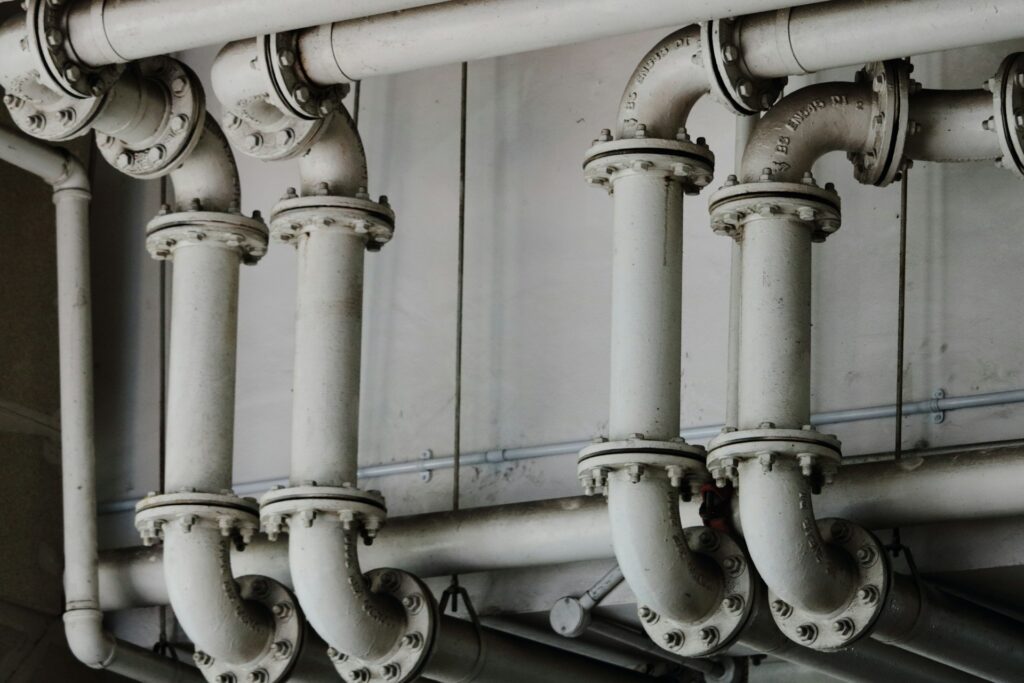Water Infrastructure: The Lifeline of Civilization
By Finlay Gilkinson – 12/05/2025
Water is the essence of life, yet the infrastructure that delivers it often goes unnoticed until it fails. Water infrastructure—comprising pipes, treatment plants, reservoirs, pumps, and monitoring systems—is the backbone of modern civilization. It supports public health, agriculture, industry, and ecosystems. However, much of the world’s water infrastructure is aging, underfunded, and unprepared for the escalating challenges of climate change and population growth.

Historical Evolution
The earliest examples of engineered water systems date back to ancient civilizations. The Romans built aqueducts to transport water over long distances, while cities in the Indus Valley Civilization designed advanced drainage and sanitation systems. These early efforts underscored a basic truth: sustainable societies are built on robust infrastructure. Over time, innovations like pressurized piping, sewage treatment, and desalination expanded our capabilities, but the core principles remained the same—efficient transport, safe usage, and effective waste removal.
Modern Complexities
Today’s water infrastructure must serve diverse functions. It must supply potable water to urban and rural populations, irrigate vast agricultural lands, support industrial processes, and manage wastewater in a way that prevents pollution. At the same time, it must adapt to unpredictable weather patterns, rising sea levels, and water scarcity. Advanced technologies like smart meters, IoT sensors, and AI-based leak detection systems are now essential tools in maintaining efficiency and preventing resource loss.
Challenges and Risks
Solutions and Innovations
Investment and innovation are the twin pillars of a resilient water infrastructure system. Green infrastructure—like permeable pavements, rain gardens, and wetlands—helps manage stormwater naturally. Decentralized water systems can provide redundancy and flexibility in times of crisis. Desalination technologies, while energy-intensive, offer a buffer against freshwater scarcity.
Equally important is policy reform. Governments must prioritize long-term water security through sustainable planning, equitable pricing, and public-private partnerships. Citizen engagement, transparency, and education are also crucial to fostering a culture of conservation and accountability.
Conclusion
Water infrastructure is more than just a utility; it’s a civilization-scale system that underpins every aspect of modern life. As we face the dual pressures of climate instability and population growth, our investment in smarter, more resilient water systems will determine the quality of life for future generations. It is time to treat water infrastructure not as an afterthought, but as a strategic imperative worthy of our highest innovation and investment.
Ready to find the perfect job?
Our team of experts work with an extensive network of employers. Submit your CV to ensure you’re a part of our network of talented candidates and we’ll make you aware of opportunities before they are even posted.
